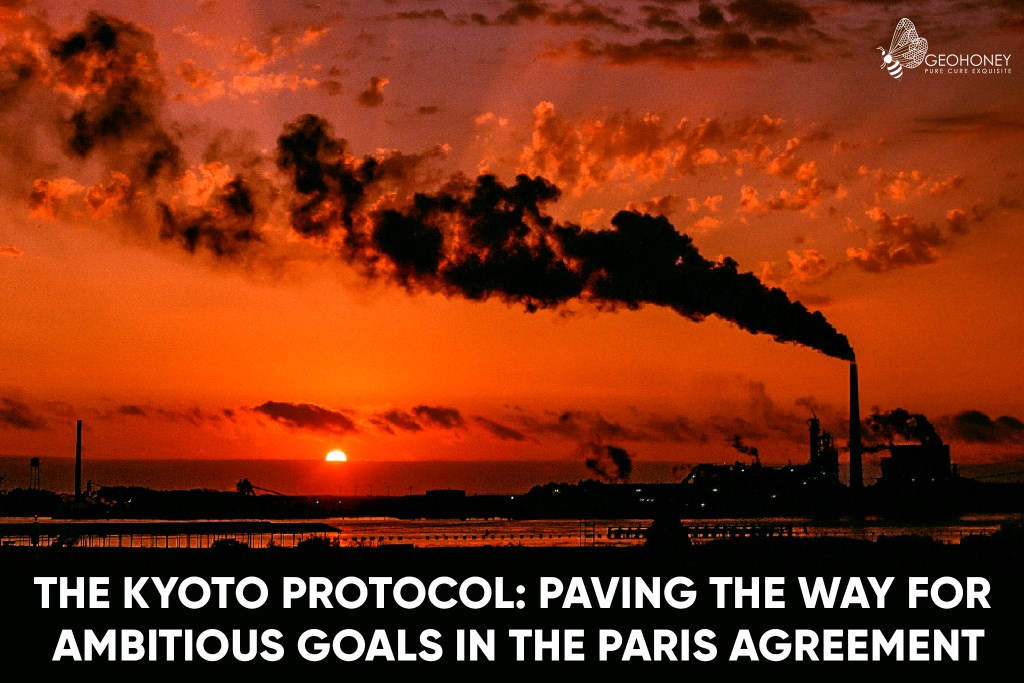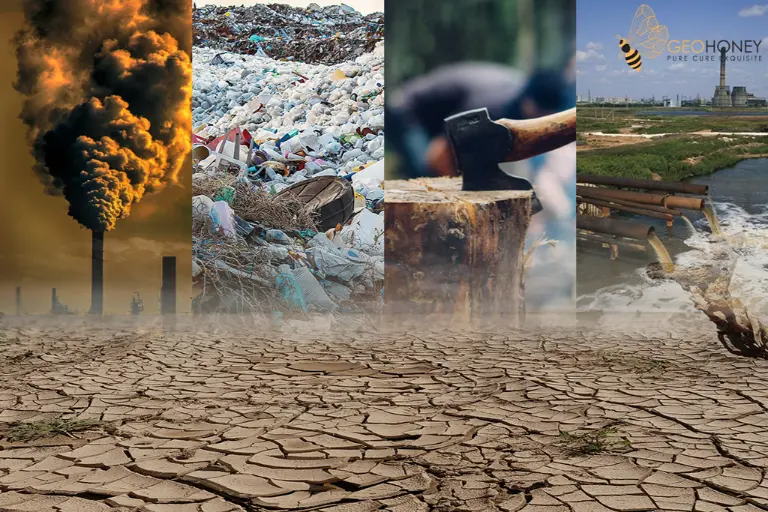- Tokyo: 12:04
- Singapore: 11:04
- Dubai: 07:04
- London: 03:04
- New York: 22:04
The Kyoto Protocol: A Stepping Stone Towards Ambitious Goals in the Paris Agreement

The annual evaluations for the Kyoto Protocol's second commitment period (2013-2020) were completed last month. The findings of this exercise demonstrate a determination by industrialized countries to decrease emissions and be upfront about their efforts, a movement that began nearly 20 years ago.
The study results reveal that the industrialized countries that accepted the Kyoto Protocol reduced average yearly emissions by 17% compared to 1990 levels, with the European Union decreasing emissions by 25% and countries like Germany cutting emissions by 30%.
The achieved results indicate that the Parties are beginning to take the required steps to meet the Paris Agreement's reduction objectives. Nonetheless, the findings reveal that global ambition must be significantly increased to reach the Paris Agreement's key temperature goal of limiting global average temperature rise to 1.5 degrees Celsius above pre-industrial levels.
Since 2006, annual greenhouse gas inventories have been an important part of the monitoring, reporting, and verification process under the Kyoto Protocol, and previously under the UN Convention on Climate Change.
"The completion of the second commitment period of the Kyoto Protocol paves the way for Parties to undertake enhanced climate action in line with the ultimate goal of significantly reducing the risks and impacts of climate change," UN Climate Change Executive Secretary Simon Stiell said in a message to Parties and observers last month.
Expert review team's efforts enable accurate reporting
The review reports encompass emissions from the whole economy of industrialized countries, including energy generation and usage, transportation, industrial operations, agriculture, and waste. Net emissions and removals from land-use activities such as afforestation, reforestation, deforestation, and forest management are also included.
Over the last two decades, over 500 experts from 100 developing and developed countries have reviewed greenhouse gas inventories and gained valuable experience, laying the groundwork for Parties to develop future reporting systems that ensure a rigorous transparency system under the Paris Agreement.
Kyoto Protocol Parties can continue to acquire and transfer emission reduction units, certified emission reductions, assigned amount units, and removal units valid for the second commitment period during a 100-day countdown period that began on June 1, 2023, to ensure that they meet those commitments-
Source: unfccc.int




Indeed, KYOTO PROTOCOL's aim is to reduce the emissions of gases that contribute to global warming.